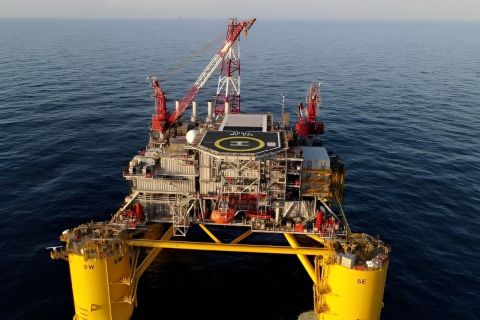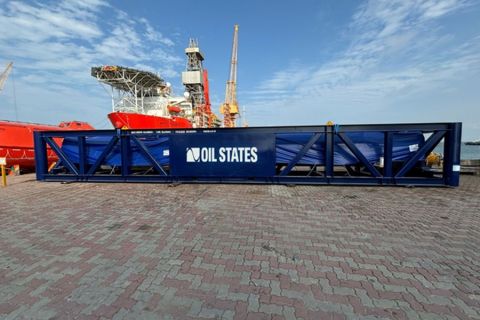Norwest Corp. has been awarded a Special Prospecting Authority – STP-SPA-0013 (SPA) to conduct an FTG survey to evaluate the hydrocarbon potential over 21 onshore blocks in the Northern Perth Basin. The SPA extends Norwest's footprint in the Basin across a significant area with shale gas potential.
"This SPA application was made some time ago, and forms an integral part of Norwest's strategy to further develop its stake in the emerging shale gas plays within the Northern Perth Basin," said Peter Munachen, chief executive officer of Norwest.
The SPA covers an elongated onshore area running along the Western Australian coast, located between Cervantes and Eneabba (see Figure 1), and covering an area of ~860km2 (212,522 acres). As depicted in Figure 1, the SPA lies to the south of Norwest's TP15 (offshore) and EP413 (onshore) acreage, and lies geologically between the north–south striking Urella Fault and Beagle Fault systems. The sedimentary section on the block is known to contain thick shale formations, principle amongst which is the prolifically developed Kockatea Shale, which is mature for gas, with significantly high total organic carbon (TOC) content in the area of the SPA.
The potential for shale gas in the region is further supported by a third party study commissioned by Norwest in mid 2010 to report on shale gas potential within the area. Two wells included in this study were Point Louise-1 (drilled in 1981) and Jurien-1 (drilled in 1963), both located on the western side of the Beagle Fault, and both of which showed favorable indicators for shale gas. The report stated that the Kockatea shales have the potential maturity to produce gas, contain fair TOC content and are composed predominantly of type II kerogen. Both wells intersected thick sections of the Kockatea Shale, with Point Louise-1 intersecting 459m and Jurien-1 247m.
The SPA is valid for six months during which time Norwest will acquire an airborne, full tensor gradiometer survey (FTG) on the area. The FTG survey is designed to more accurately identify potential basement related fault blocks and adjacent deep troughs suitable for unconventional shale gas targets. If the FTG results prove favorable, Norwest has a further six months to submit an application for a petroleum exploration permit over the SPA area. Norwest is experienced in the acquisition and application of the low impact FTG Survey technique, having successfully deployed the technology on both TP15 and its Southern England acreage. The recently drilled Red Hill South-1 well located within TP15 was evaluated using FTG, and while the presence of commercial hydrocarbons was not established at Red Hill South, it was considered a technical success, with FTG playing a major part in selecting the well location. The geology encountered during the drilling program proved consistent with the FTG modeling results.
"Shale gas is now a proven, significant resource in North America, and Norwest is determined to play an important role in developing shale gas resources within Western Australia," added Munachen. "The company's location is also favorable for supplying the Western Australian domestic gas market, with two pipelines running through the basin – the Dampier-Bunbury and the Parmelia gas pipelines. The successful grant of the SPA can be considered a further advancement in Norwest's bid to become a major player in the development of the significant shale gas resource that exists in the Northern Perth Basin."
Recommended Reading
E&P Highlights: Aug. 26, 2024
2024-08-26 - Here’s a roundup of the latest E&P headlines, with Ovintiv considering selling its Uinta assets and drilling operations beginning at the Anchois project offshore Morocco.
E&P Highlights: Sep. 2, 2024
2024-09-03 - Here's a roundup of the latest E&P headlines, with Valeura increasing production at their Nong Yao C development and Oceaneering securing several contracts in the U.K. North Sea.
Breakthroughs in the Energy Industry’s Contact Sport, Geophysics
2024-09-05 - At the 2024 IMAGE Conference, Shell’s Bill Langin showcased how industry advances in seismic technology has unlocked key areas in the Gulf of Mexico.
E&P Highlights: Sept. 16, 2024
2024-09-16 - Here’s a roundup of the latest E&P headlines, with an update on Hurricane Francine and a major contract between Saipem and QatarEnergy.
Seadrill to Adopt Oil States’ Offshore MPD Technology
2024-09-17 - As part of their collaboration, Seadrill will be adopting Oil States International’s managed pressure drilling integrated riser joints in its offshore drilling operations.





